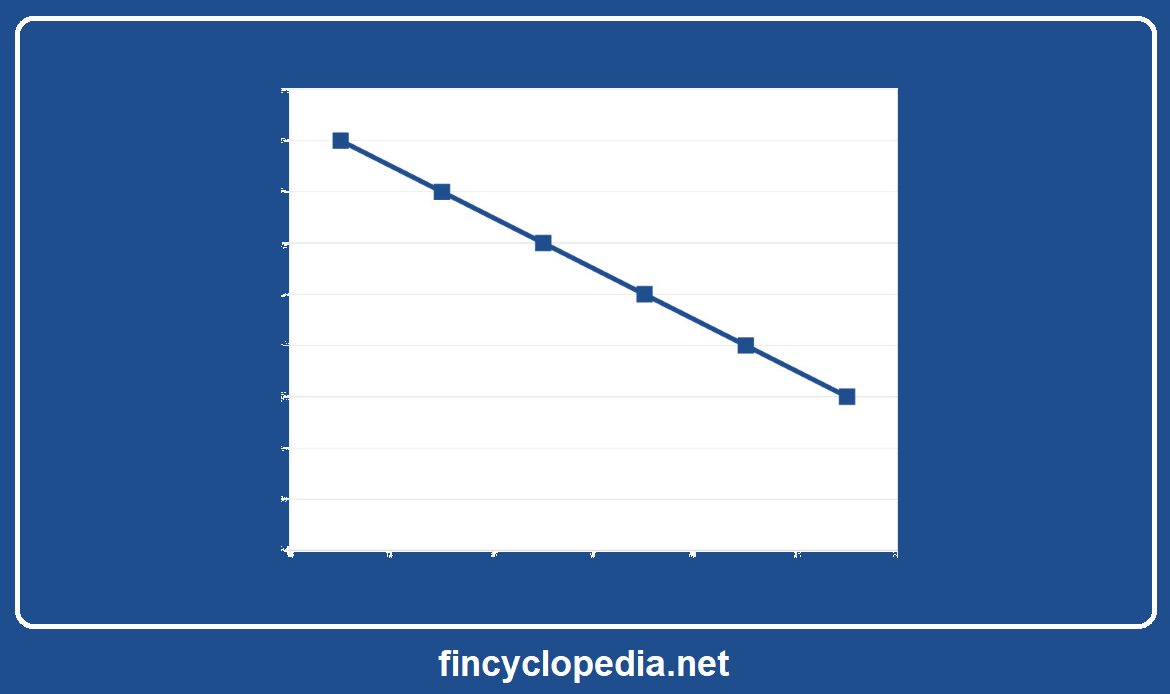It stands for significant increase in credit risk; a significant “upward” change in the estimated default risk over the remaining expected life of a financial asset/ instrument. A significant increase event triggers the measurement of loss allowance at an amount equal to lifetime expected credit losses (lifetime ECL) instead of the 12-month expected credit losses estimate.
A significant increase in credit risk can be established using risk indicators. Such measures substantially differ across multiple factors including borrower, product type, internal management methods (firm-specific) and external market resources (market wide).
Internal (management) indicators include significant changes in internal price indicators of credit risk (i.e., credit spread / premium that reflects the price of similar risk), and significant changes in external market indicators of credit risk for a specific financial instrument or similar financial instruments that have an equivalent expected life.
Examples of external (market) indicators are credit spread, credit default swap (CDS) prices for a given borrower, duration during which the fair value of a financial asset is less then the amortized cost.




